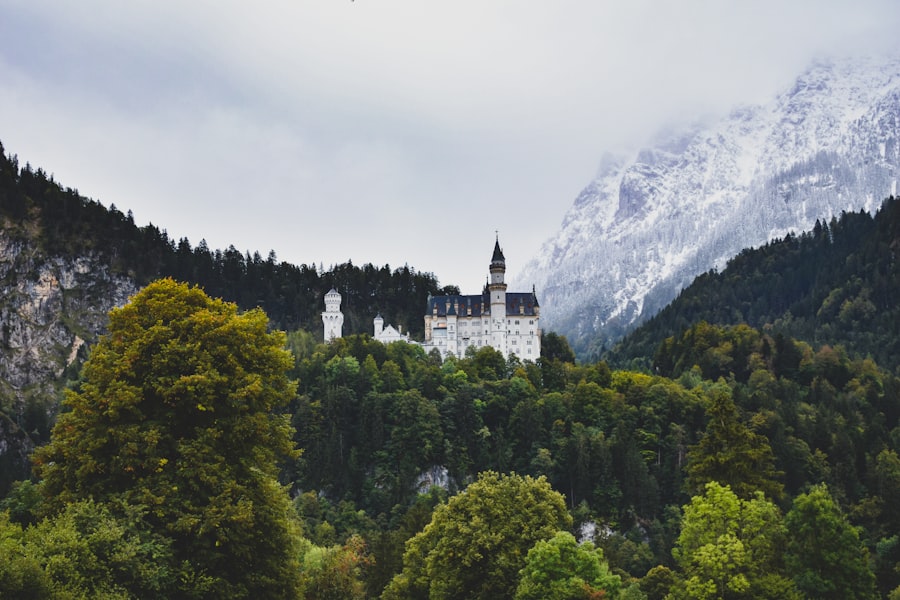The caste system in India is a complex social stratification that has evolved over thousands of years, deeply influencing the social fabric of the country. Traditionally, it is divided into four primary categories known as varnas: Brahmins (priests and scholars), Kshatriyas (warriors and rulers), Vaishyas (traders and agriculturists), and Shudras (laborers and service providers). Each of these categories has its own set of duties, rights, and responsibilities, which were historically believed to be divinely ordained.
The caste system is not merely a social hierarchy; it encompasses a wide range of practices, beliefs, and cultural norms that dictate the interactions between different groups. In contemporary India, the caste system continues to exert a significant influence on various aspects of life, including marriage, politics, and economic opportunities. Despite legal measures aimed at abolishing caste-based discrimination, such as the Constitution of India, which prohibits untouchability and promotes equality, the remnants of this ancient system persist.
For instance, many communities still practice endogamy, marrying within their caste to maintain social boundaries. This practice can lead to social fragmentation and reinforce existing inequalities, as individuals from lower castes often face systemic barriers in education and employment. The ongoing struggle for social justice and equality remains a critical issue in Indian society, with movements advocating for the rights of marginalized communities seeking to dismantle these entrenched hierarchies.
Key Takeaways
- The caste system in India is a social hierarchy that has historically divided people into different social groups based on their occupation and birth.
- The joint family system is a traditional family structure in India where extended family members live together and share resources and responsibilities.
- Village communities in India are characterized by close-knit social relationships and mutual support among members.
- The role of women in Indian society has been traditionally defined by gender roles and expectations, but is evolving with modernization and education.
- Rituals and festivals play a significant role in Indian culture, serving as important social and religious events that bring communities together.
Joint Family System
Benefits of the Joint Family System
This structure fosters a sense of belonging and mutual support, as family members share resources, responsibilities, and decision-making processes. In many cases, the eldest male member assumes the role of the head of the family, guiding the family’s affairs and maintaining harmony among its members.
Challenges to the Joint Family System
However, the joint family system is not without its challenges. As urbanization and modernization have taken hold in India, there has been a noticeable shift towards nuclear families. Young adults increasingly seek independence and personal space, leading to a decline in traditional joint family structures. This transition can create tensions between generations, as older family members may feel abandoned or disrespected when younger members choose to live separately.
The Ongoing Tension between Tradition and Modernity
Additionally, the economic pressures of modern life often necessitate dual-income households, which can further strain familial relationships. Despite these changes, many families continue to value the joint family system for its emotional support and shared responsibilities, illustrating the ongoing tension between tradition and modernity in Indian society.
Village Community

The village community in India serves as a microcosm of the broader societal structure, reflecting the intricate interplay of culture, economy, and social relations. Villages are often characterized by close-knit relationships among residents who share common interests and values. Traditionally, village life revolves around agriculture, with most inhabitants engaged in farming or related activities.
This self-sufficiency fosters a strong sense of interdependence among villagers, as they rely on one another for labor, resources, and support during times of need. Despite the idyllic portrayal of village life, challenges abound within these communities.
Access to education, healthcare, and infrastructure remains limited in many rural areas, perpetuating cycles of poverty and underdevelopment. Additionally, caste dynamics often play a significant role in village governance and social interactions. The panchayat system—local self-governance bodies—can sometimes reinforce existing hierarchies rather than promote equitable representation.
However, recent initiatives aimed at rural development have sought to empower village communities through education programs, microfinance schemes, and improved access to technology. These efforts aim to enhance the quality of life for villagers while preserving their cultural heritage and communal ties.
Role of Women
The role of women in Indian society has undergone significant transformations over the years, shaped by cultural norms, economic changes, and social movements. Traditionally, women were often relegated to domestic roles within the confines of their homes, responsible for child-rearing and household management. This limited scope was reinforced by patriarchal structures that prioritized male authority in both family and society.
However, as India has progressed economically and socially, women’s roles have expanded beyond traditional boundaries. Increasingly, women are pursuing higher education and entering the workforce in various sectors such as technology, healthcare, and entrepreneurship. Despite these advancements, challenges remain for women in India.
Gender-based discrimination persists in many forms, including wage disparities, limited access to education in certain regions, and societal expectations regarding marriage and motherhood. Violence against women remains a critical issue that demands attention from policymakers and civil society alike. Activism surrounding women’s rights has gained momentum in recent years, with movements advocating for gender equality and legal reforms aimed at protecting women’s rights.
The emergence of female leaders in politics and business also signals a shift towards greater representation and empowerment for women in Indian society.
Rituals and Festivals
Rituals and festivals play an integral role in Indian culture, serving as expressions of spirituality, community bonding, and cultural identity. With a rich tapestry of religions—including Hinduism, Islam, Christianity, Sikhism, Buddhism, and Jainism—India’s festivals are diverse and vibrant. Major Hindu festivals like Diwali (the Festival of Lights) celebrate the triumph of good over evil through elaborate rituals involving prayers, feasting, and fireworks.
Similarly, Eid al-Fitr marks the end of Ramadan for Muslims with communal prayers and festive meals shared among family and friends. These celebrations often transcend religious boundaries; for instance, festivals like Holi (the Festival of Colors) are celebrated by people from various backgrounds as a way to promote unity and joy. Rituals associated with these festivals can vary significantly across regions and communities but often include traditional music, dance performances, and culinary delights that reflect local customs.
The communal aspect of these celebrations fosters social cohesion among participants while reinforcing cultural heritage. However, modern influences have also begun to reshape how festivals are celebrated; urbanization has led to more commercialized versions of traditional festivities that sometimes prioritize spectacle over spiritual significance.
Social Hierarchies

Economic Disparities and the Urban-Rural Divide
Economic disparities are particularly pronounced; wealth concentration among certain groups leads to significant inequalities in access to resources such as education and healthcare. The urban-rural divide further exacerbates these disparities; urban areas often enjoy better infrastructure and opportunities compared to their rural counterparts.
Subtle yet Pervasive Manifestations of Social Hierarchies
Social hierarchies can manifest in subtle yet pervasive ways within everyday interactions. For instance, language can serve as a marker of social status; individuals who speak English fluently may be perceived as more educated or sophisticated than those who communicate primarily in regional languages. Similarly, physical appearance can influence social standing; lighter skin tones are often associated with beauty standards that privilege certain ethnicities over others.
Addressing Inequalities and Promoting a More Equitable Society
These hierarchies can perpetuate discrimination and exclusionary practices that hinder social mobility for marginalized groups.
In summary, India’s social structure is characterized by its complexity and dynamism. The interplay between tradition and modernity shapes various aspects of life—from family dynamics to community interactions—while ongoing struggles for equality highlight the need for continued advocacy and reform. Understanding these elements is essential for grasping the nuances of Indian society as it navigates its path toward progress amidst deep-rooted cultural legacies.
One related article to Core Elements of Hindu Social Organization is “The Nature and Scope of Social Philosophy: Exploring the Concept of Individual, Society, Community, Association, and Institution and Theories of Their Relationship.” This article delves into the various components that make up social philosophy and how they interact with each other. To read more about this topic, visit here.
FAQs
What are the core elements of Hindu social organization?
The core elements of Hindu social organization include the caste system, the joint family system, and the concept of dharma.
What is the caste system in Hindu social organization?
The caste system is a social hierarchy in Hindu society that categorizes people into different groups based on their occupation and social status. The four main castes are Brahmins (priests and scholars), Kshatriyas (warriors and rulers), Vaishyas (traders and farmers), and Shudras (laborers and service providers).
What is the joint family system in Hindu social organization?
The joint family system is a traditional family structure in Hindu society where multiple generations live together under one roof and share resources. This system is based on the principles of mutual support, respect for elders, and the preservation of family traditions.
What is the concept of dharma in Hindu social organization?
Dharma is a central concept in Hinduism that refers to one’s duty, righteousness, and moral obligations. In Hindu social organization, dharma guides individuals in fulfilling their responsibilities within their family, community, and society.
How do these core elements impact Hindu social organization?
These core elements of Hindu social organization play a significant role in shaping the structure and dynamics of Hindu society. They influence social interactions, family relationships, and the division of labor within the community. Additionally, they contribute to the preservation of cultural traditions and the maintenance of social order.























+ There are no comments
Add yours